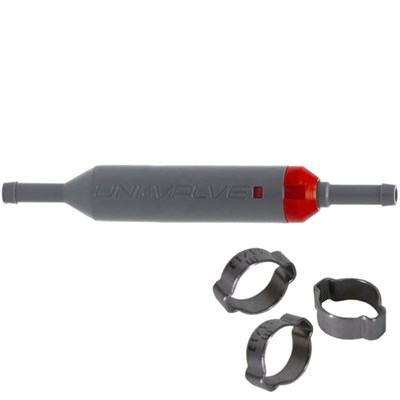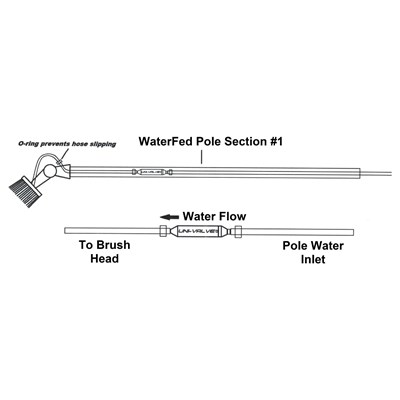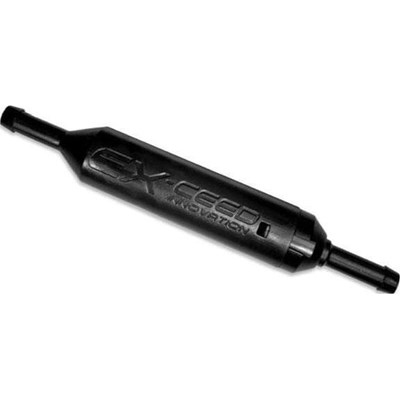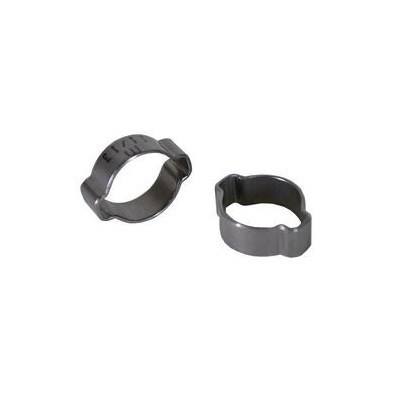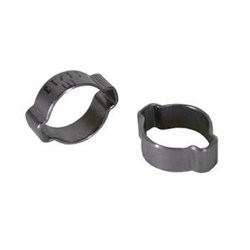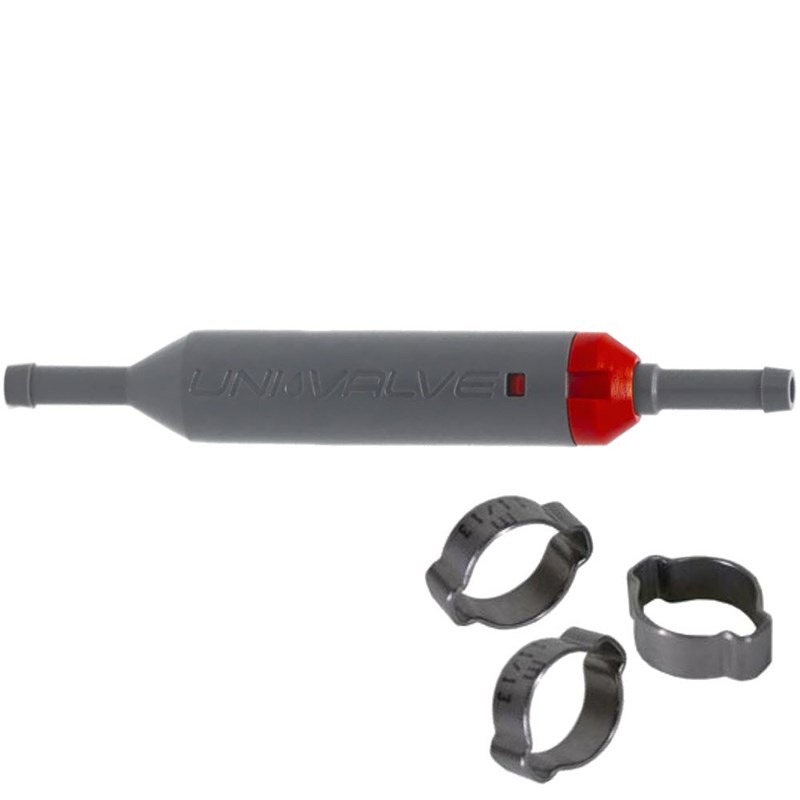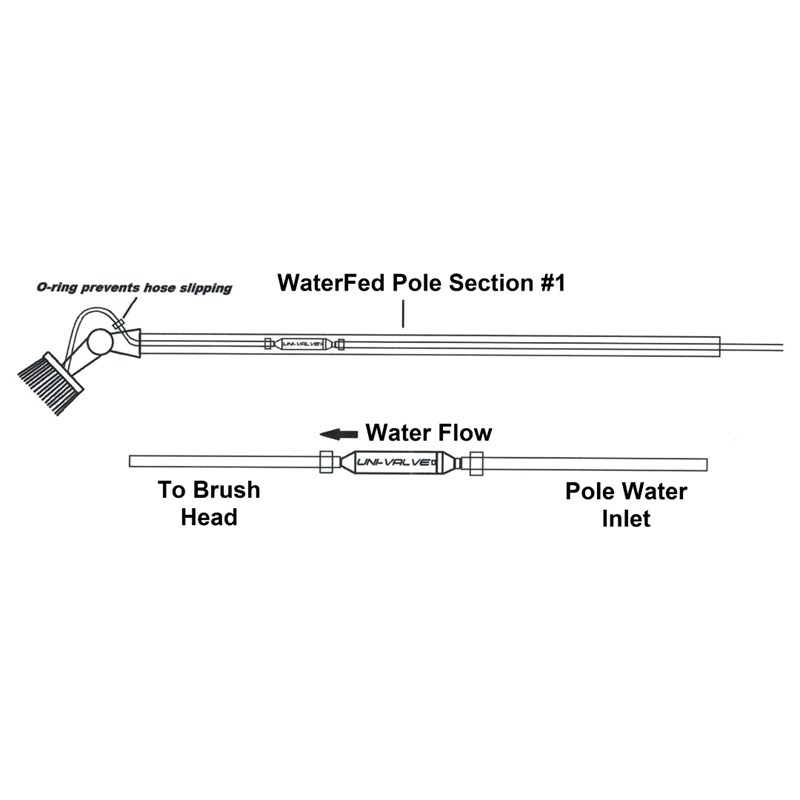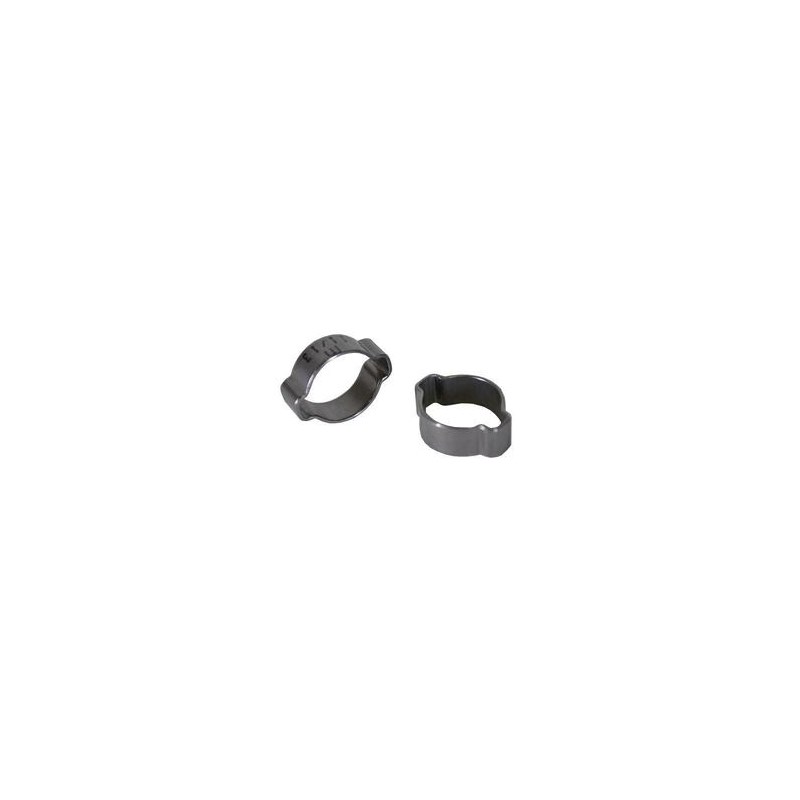UniValve on/off switch for WFP with crimps
Quick Overview
- Instant water control at the brush head with a simple pull of the hose
- Super lightweight design at just 18g for easy handling
- Easy installation in the top section of your water fed pole
- Secure tubing with included clamps and crimps for reliable performance
Show More
UniValve on/off switch for WFP with crimps
Hose-Operated UniValve – Effortless Water Control for Water Fed Poles
Simplify your cleaning process with the Hose-Operated UniValve, designed to provide instant water flow directly at the brush head. This lightweight, 18g inline valve makes it easier than ever to control your water supply—just pull the hose to switch it on or off.
Perfect for use with water fed poles, the UniValve eliminates the hassle of manual valves and tangled hoses at your feet. Its invisible design sits discreetly inside the pole, providing a seamless, efficient setup.
Key Features:
- Instant water control at the brush head with a simple hose pull
- Super lightweight at only 18g for enhanced portability
- Easy to install in the top or #1 section of your water fed pole
- Secure tubing with provided clamps and crimps for a stable, reliable connection
The UniValve is designed to integrate smoothly with your existing tubing, offering a streamlined solution for water fed pole systems. Just install it about 2 feet from the top, and enjoy hands-free water control without the clutter.


Note: A 3rd clamp is provided to secure onto the tubing outside the gooseneck to prevent the tubing from pulling inward the top section. Very easy to install and operate.

Installing the Uni-Valve
The Uni-Valve is the most used control valve in the industry, I'm sure you're going to love it. Below is some information regarding fitting the valve, it should only take a few minutes and take it from us, it will make a profound difference to your working day.
Fitting the Uni-Valve is simple, but there is a common mistake to avoid. Follow our step by step below.
Step 1. Before fitting the valve, it's worth checking to be sure the Uni-Valve fits your pole - as this may not be the case with all brands/ models.
To fit the Uni-Valve for standard pole hose use the crimp clamps provided with thse valve (This may vary if you have a reinforced pole hose)
Step 2. The simplest way to fit the Uni-Valve is to remove the top insert to your pole, pull a length of hose out and cut the hose about 3 feet from the end, this will allow the Uni-Valve to sit comfortably in the top section of the pole.
*Depending on your model of pole, you may need to remove the top clamp also.
Step 3. Sleeve the hose either side of the Uni-Valve, ensuring the trigger (small grey section) faces towards the base of your pole. When doing so, ensure the sleeve does not go above the lip on the trigger, doing so will stop the valve from closing off completely. The image below helps illustrate this.

Please Note: Fitting the hose too high on the trigger can stop the valve from correctly closing and it will appear to leak. This is the most common problem found when installing the valve and will void the warranty as it causes excess pressure to build and wear on the Uni-Valve O-Rings
Step 4. Insert the Uni-Valve into the pole, but before connecting the hose to your brush head.
Step 5, For some gooseneck you will want to install the 3rd Crimp clamp at the exit of the hose from the gooseneck and crimp lightly to hold the clamp in place on the hose. This will give you the leverage to switch the valve on & off without disconnecting the hose from your brush head.

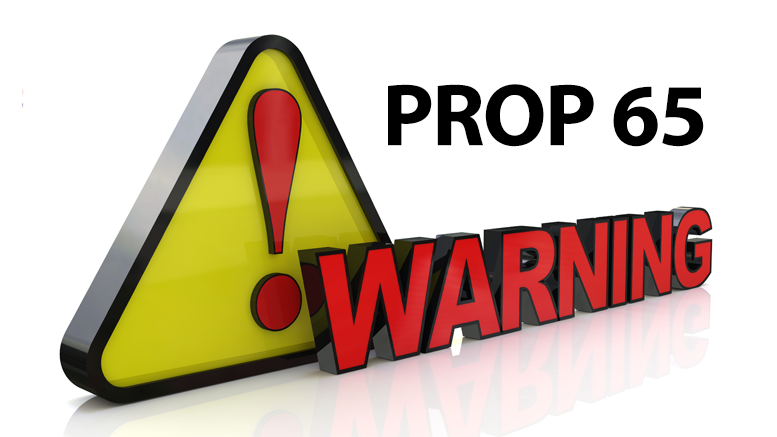
Proposition 65 requires businesses to provide warnings to Californians about significant exposures to chemicals that cause cancer, birth defects or other reproductive harm. These chemicals can be in the products that Californians purchase, in their homes or workplaces, or that are released into the environment. By requiring that this information be provided, Proposition 65 enables Californians to make informed decisions about their exposures to these chemicals. Proposition 65 also prohibits California businesses from knowingly discharging significant amounts of listed chemicals into sources of drinking water. Proposition 65 requires California to publish a list of chemicals known to cause cancer, birth defects or other reproductive harm. This list, which must be updated at least once a year, has grown to include approximately 900 chemicals since it was first published in 1987. Proposition 65 became law in November 1986, when California voters approved it by a 63-37 percent margin. The official name of Proposition 65 is the Safe Drinking Water and Toxic Enforcement Act of 1986.
The list of chemicals contains a wide range of naturally occurring and synthetic chemicals that include additives or ingredients in pesticides, common household products, food, drugs, dyes, or solvents. Listed chemicals may also be used in manufacturing and construction, or they may be byproducts of chemical processes, such as motor vehicle exhaust. For more information visit www.p65warnings.ca.gov/


